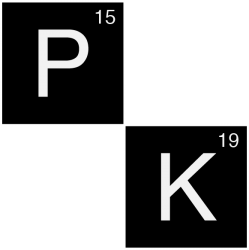“Drug administration by any other route than the intravenous route”
Description
After extravascular drug administration, the rate and extent of drug absorption, from its site of administration to the systemic circulation, determine the onset and the intensity of drug effect. The duration of effect is mainly determined by the dose, the half-life and to a variable degree by the absorption rate (e.g. slow-release formulations).
Initially, after an extravascular administration, the entire drug is at the site of absorption and none has yet reached the systemic circulation. Therefore, the rate of absorption is high and there is no elimination yet. As long as the rate of absorption exceeds that of elimination, the plasma concentration rises (absorption phase). The maximum concentration (Cmax) is reached when the rate of disposition matches the rate of absorption. Thereafter, the rate of disposition exceeds the rate of absorption and the plasma concentration declines (disposition phase).
The factors affecting the plasma concentration-time profile after extravascular administration are:
- Dose: Lower doses usually produce a proportional decrease in plasma concentration at all times.
- Bioavailability: lower bioavailability results in a proportional decrease in plasma concentration.
- Rate of absorption: Slower rate of absorption delays and reduces the magnitude of the peak of plasma concentration.
- Volume of distribution: Larger Vd is responsible for both a lower peak concentration and a longer elimination half-life, delaying the peak approach.
- Clearance: CL mainly affects the disposition phase; however, an increase in clearance also results in a faster approach to a lower peak concentration.
Clinical implications
Extravascular administration is convenient, relatively safe and economical. It is however not feasible for a range of drugs destroyed before their absorption, insoluble or with poor digestive tolerability. The progressive absorption of the drug limits and delays the peak of blood concentration.
The extravascular dose must be adapted to the bioavailability and sometimes to the absorption rate of the drug. Variation of the rate of absorption and bioavailability can add to the global pharmacokinetic variability, particularly in patients with diseases affecting the absorption site (e.g. affections of the gastro-intestinal tract).
Chart Pharmacokinetics
RR = Release rate
Related terms
tmax: tmax is the time required to reach the maximum plasma concentration (Cmax).
Lag time: A lag time is a delay between drug administration and the beginning of drug absorption. This may be due to formulation (e.g. coated tablets), or to physiological factors (e.g. gastric emptying).
Controlled-release formulations
Assessment
The drug plasma concentration time profile can be described by the following equation (Bateman's formula):
ka = absorption rate constant
λ = elimination constant rate = CL/Vd
CL = clearance
F = bioavailability
D = dose

